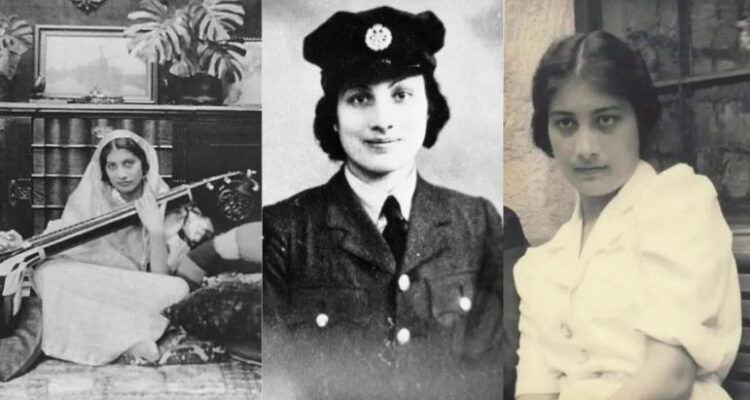Many people think Nazi Germany was beaten only through military violence, and mainly by men. As Barack Obama said in 2009: “Nonviolence could not have halted Hitler’s armies”. In fact, non-violent action was widely used in resisting Nazism. Brave women often led it. They later got little recognition, though this is now changing.
Women in nations such as France, Germany and Holland gathered intelligence, founded resistance groups, published underground media and coordinated people-smuggling operations. Some engaged in sabotage. Their networking and people skills were invaluable, and their lack of visibility under a sexist regime was an asset. Some of these brave women sacrificed their lives for the cause.
It is useful to consider their impact today and how such female-led, non-violent movements might help people around the world resist dictatorships and invasions, such as in Ukraine.
Some German women used overt, concentrated tactics – such as those who were thrown into jail for speaking out against Hitler, and the “Rosenstrasse” group, who protested in Berlin in 1943. These non-Jewish women shouted for their Jewish husbands to be set free, despite the threat of being machine-gunned. Amazingly, they succeeded – at least in the short term – with about 2,000 men released. Most of these men survived the war.
Resistance campaigns ranged from those waged by individuals to those involving large sections of the population. For example, about 10,000 Norwegian teachers, supported by around 100,000 parents, successfully resisted the Nazification of schools. Dutch strikes in 1941 and 1943 involved hundreds of thousands.
Read the article by Martin Branagan in The Australia Today.

